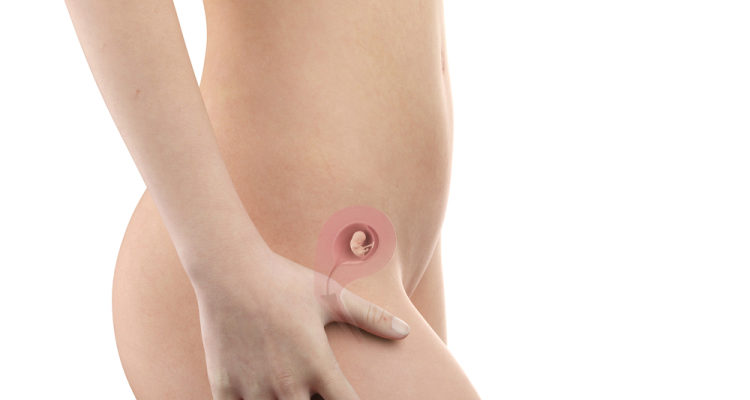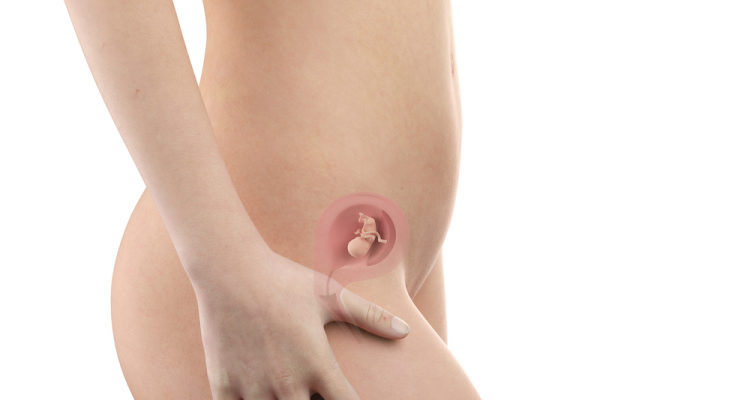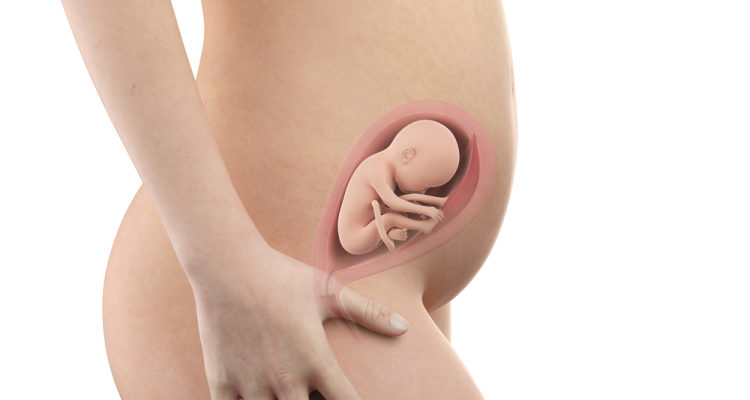
In some cases, the mole is often seen as a symbol of beauty. It may have been in your body since birth, or it may appear and fade over time. Moles also sometimes appear due to hormonal changes in the body during puberty, pregnancy, and aging. So, is it dangerous for pregnant mothers to grow moles during pregnancy?
Moles are mostly harmless, with the exception of rare cases where the moles become a sign of cancer. Let aFamilyToday Health explore the link between pregnancy and moles appear on the mother body elected in pregnancy nhé!
What is a mole?
Moles are small, benign patches on the skin. These are dark brown colors formed by the aggregation of melanocyte cells (melanocytes). These cells are crucial for the color of each person's skin.
Moles are inherited and inherited from parents. Moles can be any shape and size and come in quantities that range from 10 to 100. They can be flat or bulging, coarse or smooth and some may be hairy.
Cause pregnant mothers grow moles during pregnancy
During pregnancy, new moles can appear on your body, especially in the abdomen and chest area. In addition, existing moles may become dark and enlarge.
However, you should not worry too much because:
This change is usually benign, occurs due to changes in hormones and body structure of pregnant mothers.
Most new moles that form during pregnancy will disappear after birth, and these moles usually grow symmetrically.
Note that if you observe that asymmetrical moles on the body change color and shape too often, you should see a dermatologist.
When does the mole become harmful?
Most moles are harmless and do not cause cancer . In rare cases, these benign moles can develop into melanoma , a serious form of skin cancer.
Melanoma is a dark, rapidly growing patch (like a mole).
Cancer can be new or existing for a long time. It is often itchy, bleeding, or turns red.
Melanoma can be treated in an early stage, because then, the tumors still exist only on the surface of the skin.
If not treated early, melanoma can spread into the deeper layers of the skin. Eventually it can spread throughout the body.
Malignant tumor appearance during pregnancy
Symptoms of melanoma in pregnant women are exactly the same as those in normal people. Therefore, you need to pay attention to the following:
If your body develops frequently-changing spots or patches of skin shape, size, bleeding, pain, or sores, see your dermatologist for a checkup as soon as possible.
You can use ABCDE's rules to self-assess the appearance of a mole during pregnancy:
A - Asymmetry (Asymmetry): Benign moles have a symmetrical form, but malignant tumors are often asymmetric. To check the symmetry of the mole, you can draw a line through the center, divide the mole into 2 parts, so that you can evaluate their symmetry more easily.
B - Border: Benign moles have a smooth surface and border. Malignancies, meanwhile, have an irregular, irregular border or edge, often in the form of a scallop or a V-letter.
C - Color: A normal mole is uniform in color, usually brown. However, melanoma tumors have irregular, patchy color on the nodule surface. Malignant neoplasms can have many different colors such as red, white, blue, brown or black.
D - Diameter: Malignant neoplasms usually have a diameter greater than 6mm, sometimes a little smaller.
E - Enlargement or Evolving: Malignant tumors often change in shape, size, or color. If you observe these changes in the skin, you should see a dermatologist immediately.
With this simple assessment, you can see if a new mole growing during pregnancy is a danger to you and your baby.
aFamilyToday Health hopes that this article will help pregnant mothers feel more secure when they discover new moles appearing on their skin. If you notice any unusual signs, you should see a dermatologist for prompt advice and treatment.












